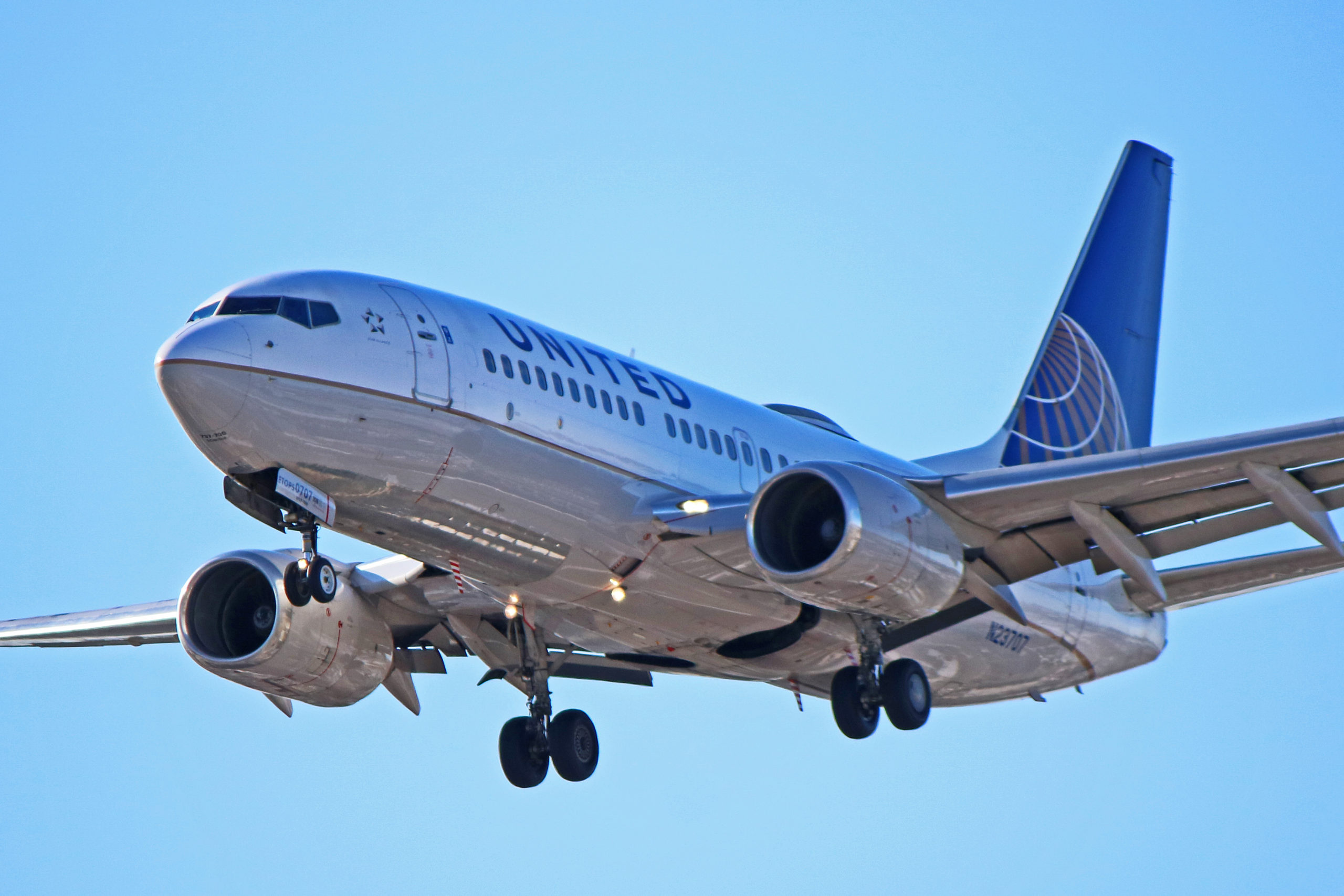Passenger Plane Technology and Operations

Modern passenger planes are marvels of engineering, incorporating advanced technologies and rigorous safety protocols to ensure the safe and efficient transportation of millions of passengers worldwide. From the sophisticated avionics systems to the intricate flight control mechanisms, every aspect of these aircraft is designed with safety and performance in mind.
Avionics and Flight Control Systems
Avionics, the electronics systems used in aircraft, play a crucial role in modern passenger plane operations. These systems include:
- Flight Management System (FMS): This system integrates various aircraft functions, including navigation, communication, and autopilot, providing pilots with real-time information and automated assistance.
- Automatic Dependent Surveillance-Broadcast (ADS-B): ADS-B technology allows aircraft to broadcast their position, altitude, and other data to ground stations and other aircraft, enhancing situational awareness and preventing collisions.
- Electronic Flight Instrument System (EFIS): EFIS replaces traditional analog instruments with digital displays, providing pilots with a more comprehensive and intuitive view of aircraft parameters.
- Heads-Up Display (HUD): HUDs project flight information onto the pilot’s windshield, allowing them to maintain situational awareness without diverting their gaze from the outside world.
Flight control systems, such as fly-by-wire technology, allow pilots to control the aircraft through electronic signals rather than mechanical linkages, providing enhanced precision and stability. These systems also incorporate safety features, such as automatic stall prevention and ground proximity warning systems, to mitigate potential hazards.
Safety Features and Regulations, Passenger plane
Safety is paramount in passenger plane operations, and a comprehensive framework of regulations and safety features ensures the well-being of passengers and crew.
- Air Traffic Control: Air traffic controllers manage the flow of aircraft in and around airports, ensuring separation and preventing collisions. They provide guidance to pilots, monitor airspace, and coordinate with other agencies to maintain safety.
- Maintenance Procedures: Stringent maintenance procedures are followed to ensure aircraft are in top condition. Regular inspections, repairs, and overhauls are conducted to prevent malfunctions and maintain airworthiness.
- Emergency Protocols: Comprehensive emergency protocols are in place to handle various scenarios, including engine failures, medical emergencies, and evacuations. These protocols involve the coordinated efforts of pilots, cabin crew, and ground personnel.
- Safety Equipment: Passenger planes are equipped with a wide range of safety equipment, including life vests, oxygen masks, smoke detectors, and emergency exits. These features are designed to enhance passenger safety in case of an emergency.
Principles of Flight
Passenger planes rely on the principles of aerodynamics to achieve flight. These principles include:
- Lift: Lift is the upward force that opposes gravity and allows the aircraft to stay airborne. It is generated by the shape of the wings, which creates a difference in air pressure above and below the wing, resulting in an upward force.
- Drag: Drag is the force that opposes the motion of the aircraft through the air. It is caused by friction between the aircraft and the air, and by the shape of the aircraft. Reducing drag is essential for improving fuel efficiency and performance.
- Thrust: Thrust is the force that propels the aircraft forward. It is generated by the engines, which convert fuel into energy to push air backward, creating a forward force on the aircraft.
Stages of a Passenger Plane Flight
A passenger plane flight typically involves several stages:
- Pre-Flight: This stage involves preparing the aircraft for flight, including pre-flight inspections, loading baggage and passengers, and conducting safety checks. Ground personnel, including ramp agents and mechanics, play a crucial role in this stage.
- Takeoff: The takeoff phase involves accelerating the aircraft to a speed sufficient to generate enough lift to overcome gravity. The pilots control the aircraft during takeoff, while the cabin crew prepares the cabin for flight and ensures passenger safety.
- Cruise: The cruise stage is the longest part of the flight, where the aircraft flies at a constant altitude and speed. Pilots monitor the aircraft’s systems, adjust the flight path as needed, and communicate with air traffic control.
- Descent: The descent phase involves reducing the aircraft’s altitude in preparation for landing. Pilots control the descent, while cabin crew prepares passengers for landing and ensures their safety.
- Landing: The landing phase involves bringing the aircraft to a safe stop on the runway. Pilots control the aircraft during landing, while the cabin crew assists passengers in deplaning and ensures a smooth disembarkation process.
- Post-Flight: After landing, the aircraft undergoes post-flight inspections, refueling, and cleaning. Ground personnel handle these tasks, ensuring the aircraft is ready for its next flight.
Passenger planes, symbols of global connection and adventure, have a history marred by tragedy. One particularly heartbreaking chapter unfolds in the story of Brazil flight crashes , a stark reminder of the fragility of flight and the importance of continuous safety improvements.
Despite these somber moments, the allure of soaring above the clouds continues to captivate, driving us to push the boundaries of aviation and seek new horizons.
Passenger planes, those silver birds soaring through the sky, carry countless stories within their metal frames. Each journey, each destination, each face in the window, tells a unique tale. One such story, a journey through time and memories, is captured in the tale of flight 2283.
It reminds us that even the most ordinary passenger plane can hold extraordinary moments, connecting people and places in ways that forever change their lives.
